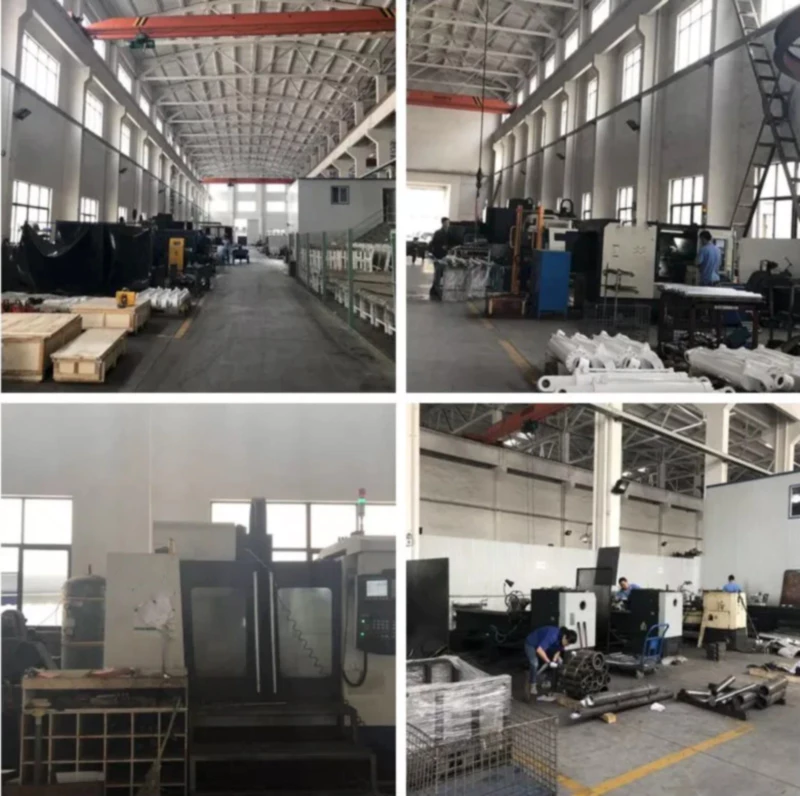

When Does The Issue Occur?
The issue of weathering and corrosion in lift cylinders typically occurs when these devices are exposed to harsh outdoor environments. Factors such as rain, snow, dust, high humidity, and fluctuating temperatures can significantly accelerate the wear and tear process of lift cylinders, leading to reduced performance, frequent breakdowns, and shortened lifespan.
Potential Solutions to Weatherproof Lift Cylinders
1. Use of Weather-resistant Materials
One of the most effective ways to weatherproof lift cylinders for outdoor use is by using weather-resistant materials such as stainless steel, which is known for its excellent corrosion resistance.
2. Regular Maintenance and Inspection
Adequate and regular maintenance and inspection can also help to identify and rectify any potential problems early, thereby preventing severe damage and expensive repairs in the future.
3. Protective Coatings
Applying protective coatings is another effective strategy to combat the issue. Coatings such as zinc or chrome can provide an extra layer of protection against corrosive elements.
Steps to Weatherproof Lift Cylinders
In order to weatherproof lift cylinders for outdoor use, the following steps should be taken:
- Choose the right type of lift cylinder made from weather-resistant materials.
- Implement a regular maintenance and inspection schedule.
- Apply protective coatings to lift cylinders.
Points to Consider
While implementing the above steps, it is essential to consider factors such as the specific environmental conditions where the lift cylinder will be used, as well as the type of load and frequency of use. It is also crucial to follow the manufacturer's guidelines for maintenance and use.
How to Determine if The Issue Has Been Resolved
The effectiveness of the weatherproofing measures can be determined by observing the performance and condition of the lift cylinders over time. If the cylinders continue to function optimally without any signs of wear or damage despite being exposed to harsh weather conditions, it indicates that the issue has been successfully addressed.
Preventive Measures

Preventive measures such as regular cleaning, lubrication and inspection, using lift cylinders within their load capacity, and storing them properly when not in use can help to extend their lifespan and prevent similar issues from occurring in the future.
About Our Company
Our company is a leader in the Chinese hydraulic cylinder market, specializing in the production of various types of lift cylinders including lifting cylinders, boom cylinders, hydraulic steering cylinders, and forklift tilt cylinders. With an annual production capacity of 300 units and a design production capacity of 200,000 sets, we are committed to providing our clients with high-quality products at competitive prices.
In addition to the above, we also offer aerial platform cylinders, industrial vehicle hydraulic cylinders, rotary drilling rig cylinders, automobile crane cylinders, construction machinery hydraulic cylinders, mining dump truck cylinders, and sanitation machinery hydraulic cylinders. We welcome clients to customize our products based on their specific requirements.

FAQs
- Q1: What materials are your lift cylinders made of?
- A1: Our lift cylinders are made of weather-resistant materials like stainless steel.
- Q2: How often should I perform maintenance on my lift cylinder?
- A2: We recommend regular maintenance and inspection to ensure optimal performance and longevity.
- Q3: Do your lift cylinders come with protective coatings?
- A3: Yes, our cylinders are coated with protective layers such as zinc or chrome to combat corrosion.
- Q4: Can I customize the lift cylinders based on my specific requirements?
- A4: Absolutely! We welcome clients to customize our products based on their specific needs.
- Q5: What preventive measures can I take to extend the lifespan of my lift cylinder?
- A5: Regular cleaning, lubrication, inspection, using the cylinders within their load capacity, and proper storage can significantly extend their lifespan.